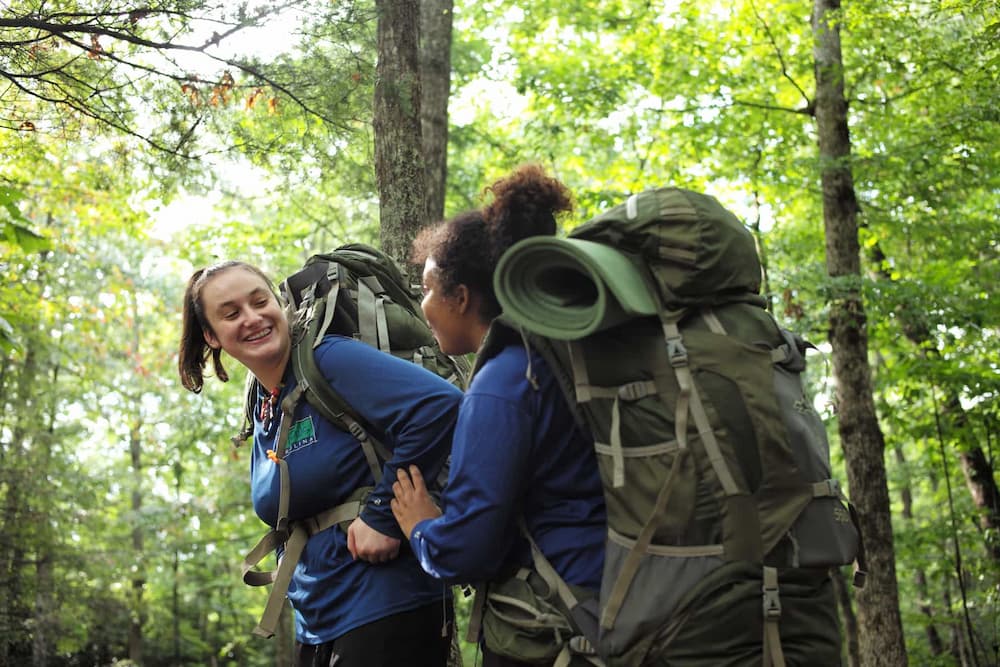Revealing the Startling Realities of the Trails Carolina Death Story: A Narrative Laden with Allegations and Injuries. Explore the Disturbing Historical Context.
Nestled amidst the picturesque mountains of North Carolina, Trails Carolina presents itself as a sanctuary for adolescents grappling with behavioral and emotional struggles. However, beneath the facade of therapeutic care, the program conceals a disconcerting history marked by accusations, injuries, and, most tragically, fatalities, weaving a distressing narrative of this wilderness therapy endeavor.
A Disturbing Pattern of Allegations
Trails Carolina finds itself entangled in a web of allegations involving abuse and neglect, as former staff members and students unveil a dark underbelly of life within the program. Disturbing accounts of physical restraint, emotional manipulation, and a lack of proper supervision have raised serious concerns about the safety and well-being of the young participants.
Lawsuit Allegations Against Trails Carolina: Staff Misconduct and Safety Concerns
In a pivotal moment in 2014, a former staff member filed a lawsuit against Trails Carolina, alleging coerced participation in physically restraining students and witnessing fellow staff members using excessive force. The lawsuit shed light on the program’s deficiencies in staff training and supervision, creating an unsafe environment for both staff and students. Despite regulatory improvements noted by state authorities, Trails Carolina’s unsettling history casts a lasting shadow of doubt on its ability to provide a genuinely safe and effective therapeutic environment.
Tragic Deaths Cast a Dark Cloud
Perhaps the most chilling aspect of Trails Carolina’s history is the heartbreaking loss of young lives, with a toll of four fatalities, each incident tarnishing the program’s reputation. In 2000, 15-year-old William Edward Lee’s tragic demise resulted from a head injury sustained during a restraint. Two years later, 14-year-old Ian August succumbed to hyperthermia, and in 2004, 17-year-old Charles Moody lost his life to asphyxiation during a restraint.
The most recent tragedy unfolded in 2021 when 17-year-old Alec Lansing, during a group expedition, succumbed to hypothermia after wandering away from the program. This incident raises serious questions about supervision adequacy and Trails Carolina’s ability to manage high-risk participants.
Alec’s Tragic Fate: A Lesson in Wilderness Safety
Alec Lansing’s disappearance from a wilderness therapy camp sparked an extensive search operation that tragically concluded with the discovery of his body. Investigators believe Alec’s fate unfolded when he climbed a tree, lost his footing, and fell into a stream, succumbing to hypothermia. Alec’s story underscores the importance of preparedness and caution in outdoor settings, highlighting the potential dangers of hypothermia.
Calls for Scrutiny and Regulation
The distressing allegations and tragic fatalities at Trails Carolina have ignited calls for heightened scrutiny and regulation of wilderness therapy programs. A rigorous investigation by the North Carolina Department of Health and Human Services in 2021 uncovered numerous breaches of state regulations by Trails Carolina, leading to fines. Critics argue for more stringent regulations, including licensing requirements and mandatory incident reporting.
The Way Forward
The disturbing history of Trails Carolina Death necessitates a comprehensive reevaluation of wilderness therapy programs, prioritizing the safety and well-being of participants. Programs failing to meet rigorous standards should face consequences beyond financial penalties. Parents considering wilderness therapy for their children must exercise caution, conducting thorough research into program policies and outcomes.
Making Wilderness Therapy Safer for Troubled Kids
The future of wilderness therapy hinges on addressing the concerns that have come to light, demonstrating an unwavering commitment to providing a secure and therapeutic environment for troubled youth. Only then can these programs rebuild trust with parents, the public, and regulatory bodies.
Conclusion
In conclusion, Trails Carolina, a wilderness therapy program nestled in the serene mountains of North Carolina, carries a troubling history marred by allegations, injuries, and tragic fatalities. While purporting to offer therapeutic interventions for troubled youth, the program’s disturbing operations cannot be ignored.
A consistent series of allegations, encompassing reports of abuse, emotional manipulation, and insufficient supervision, has raised significant concerns about Trails Carolina’s dedication to the welfare of its participants. The legal actions and accusations brought forth by former staff members and students depict a disquieting picture of life within the program.
Furthermore, the devastating loss of young lives, with four students succumbing to tragic fatalities throughout the years, amplifies the flaws in Trails Carolina’s safety protocols and managerial approaches. These incidents provoke deep inquiries into the adequacy of supervision and risk management practices within Trails Carolina.

